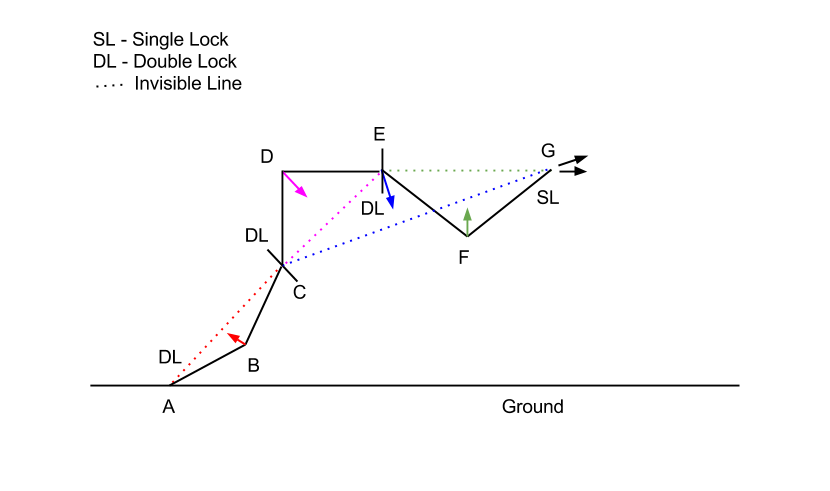Photos on Facebook: https://www.facebook.com/media/set/?set=a.10152312042260369.1073741909.606930368&type=1&l=faa1e001c7
Later, we focused on Step Back to Double Shake Feet today, and we broke it down to 9 steps as seen in this video:
Here are some points to remember:
- Right hand does positive circle, while left hand does negative circle as one steps backwards.
- Don't let the right elbow come out first, and the right hand leads the stretch.
- The left hand stretches to the back, and the left elbow pulls the hand over the left shoulder to bring it to the front.
- Just before the jump, convert the horizontal force to vertical force. Line up the left kua on top of the left heel, like you are sitting on it. The left kua, left knee, and left heel form a triangle. There is an invisible line between the left kua and left heel, and it is the rod/stick.
Double lock means truly not moving the point in the 3D space. The solid line means that the two points are physically connected, while the dotted line represents that two points are not physical connected (there is as if an invisible line connecting them).
 |
| Figure 1 |
By creating a double lock at point A and C, and forcing point B towards the invisible link, we turn an "A" into an "Arch". Points A,B,C can present different parts of the body, e.g. Shoulder-Elbow-Hand, Foot-Shoulder-Hand. Right Foot-Dang-Left-Foot. For the Right Foot-Dang-Left-Foot case, this is how we make a dang rounded as supposed to be pointy.
 |
| Figure 2 |
A - Right Foot
B - Right Knee
C - Right Kua
D - Right Shoulder
E - Left Shoulder
F - Left Elbow
G - Left Hand
In order for the shoulder not to move, it needs support from other triangles, so the left hand can find a connection to the ground for the true support. Each invisible line is a rod/stick that we need to realize in our bodies. Instead of using the E-F-G triangle, we can use the C-E-G triangle instead. Essentially, with this concept, we can create a triangle with any points having 2 solid sides, and 1 invisible side.
 |
| Figure 4 |
Earlier we talked about turning an "A" into an "Arch". Figure 4 shows the S-Curve (Taiji Symbol). It also shows that our internal actions (color arrows) are different from what the opponent will perceive (black arrows). Often in reality, we are affected by our opponent's actions, and we lose these internal actions as soon as contact with the opponent is made. We need to train enough such that we can maintain these actions regardless of what happens externally.

No comments:
Post a Comment